Meet the youths at the heart of the Standing Rock protests against the Dakota Access pipeline
Meet the indigenous youths steering the Standing Rock protests.
— -- Opposition against the Dakota Access pipeline shifted into a new phase this week after law enforcement in full riot gear evicted several protest camps that had captivated the nation for nearly a year.
The clearing of the Oceti Sakowin and Rosebud camps marked a somber moment of reflection for members of the International Indigenous Youth Council, a little known group of indigenous youths that has helped steer the movement from the very beginning. Their remarkable story is now told in the ABC News Digital documentary: "The Seventh Generation."
“Watching the eviction was difficult for us,” Thomas Lopez, an IIYC Member, wrote to ABC News.
“On one hand, you’re seeing a very important chapter in our lives coming to a close and it's painful. On the other hand, I’m determined to rise from the ashes of that pain,” Lopez said.
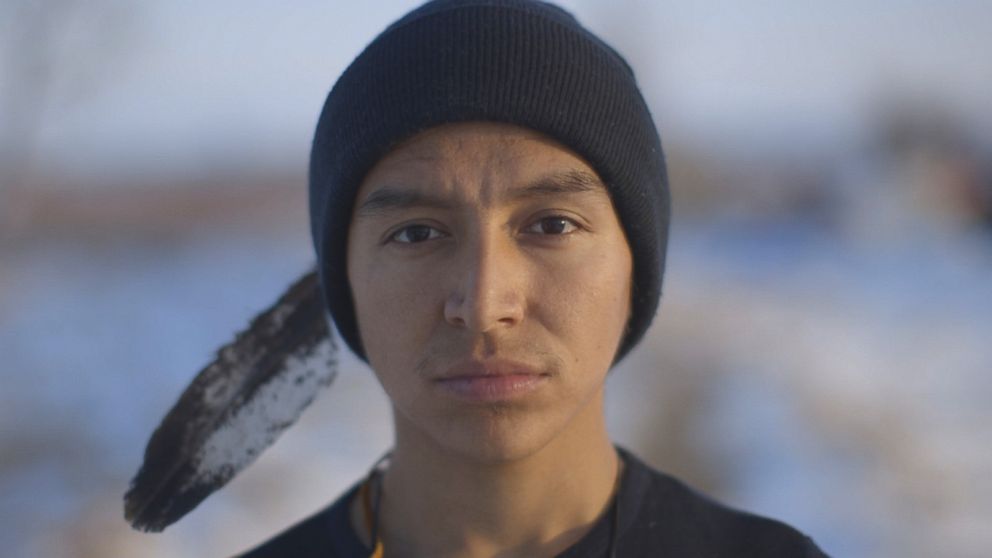
Indigenous youths were among the first to publicly oppose the pipeline, citing concerns over their drinking water and sacred sites, when they organized a series of relay "prayer" runs in the spring of 2016.
The youth groups first ran from Cannon Ball, North Dakota, to the Army Corps of Engineers Omaha District branch in Nebraska, then on to the agency’s Washington, D.C., headquarters to hand deliver a petition against the pipeline.
Danny Grassrope of the Lower Brule Sioux and a 25-year-old member of the International Indigenous Youth Council was among them.
“I didn’t know [it] would lead to a massive ceremony that involved prayer and it’s really amazing how that happened,” Grassrope told ABC News in November.
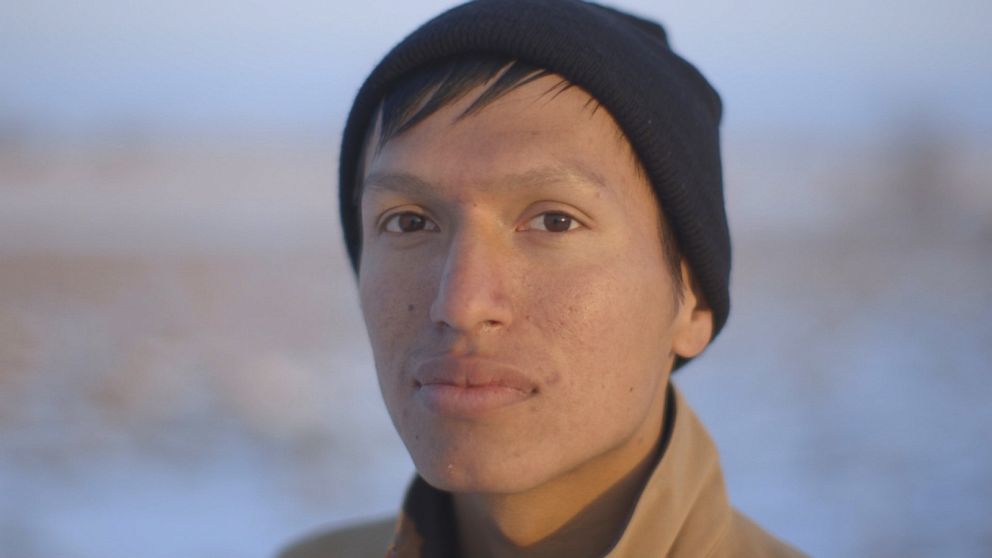
Shortly after the runs, the first "prayer camps" were established just south of pipeline construction sites, drawing most of the original occupants from the relays.
So began a nearly year-long standoff, as thousands of self-described "water protectors" descended on the high plains, attempting to halt construction of the pipeline before it reached the Missouri River, the primary source of drinking water for the Standing Rock Sioux Tribe, along with millions of other Americans living downstream.
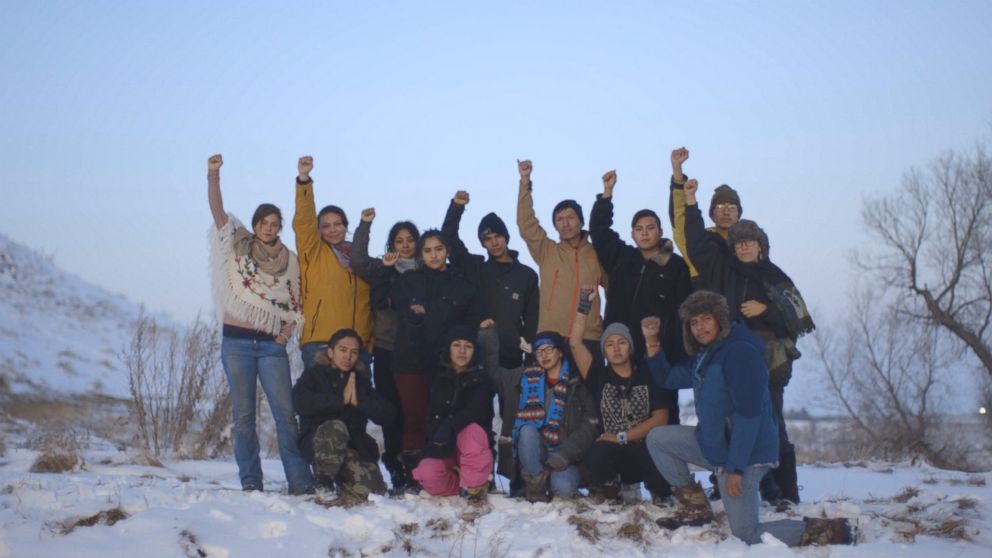
After an early proposal for the Dakota Access pipeline route that would have crossed the Missouri River north of Bismarck was abandoned due to a variety of reasons, including concerns over contaminating that city’s municipal water supply, the project was re-routed to cross the river 1,500 feet upstream of the current Standing Rock reservation, through ancestral lands granted to them in the Fort Laramie Treaty of 1851. A subsequent treaty in 1868, followed by a series of congressional acts, resulted in the Sioux losing most of the land originally set aside for them.
Energy Transfer Partners, the company building the Dakota Access pipeline, wrote in a statement provided to ABC News that the company is “committed to the safe construction and operation of all its pipelines throughout the country. Dakota Access is a state-of-the-art underground pipeline with advanced safety technology and construction methods that exceed state and federal standards where possible.”
Kelcy Warren, CEO of Energy Transfer Partners, the Texas-based developer behind the project, has said that “concerns about the pipeline’s impact on local water supply are unfounded” and “multiple archaeological studies conducted with state historic preservation offices found no sacred items along the route.”
Sunoco Logistics, the future operator of the Dakota Access pipeline, spills more crude oil than any of its competitors, with “more than 200 leaks since 2010,” according to a Reuters analysis of government data. Sunoco said that since 2012, it has "enhanced and improved our integrity management program," according to Reuters.
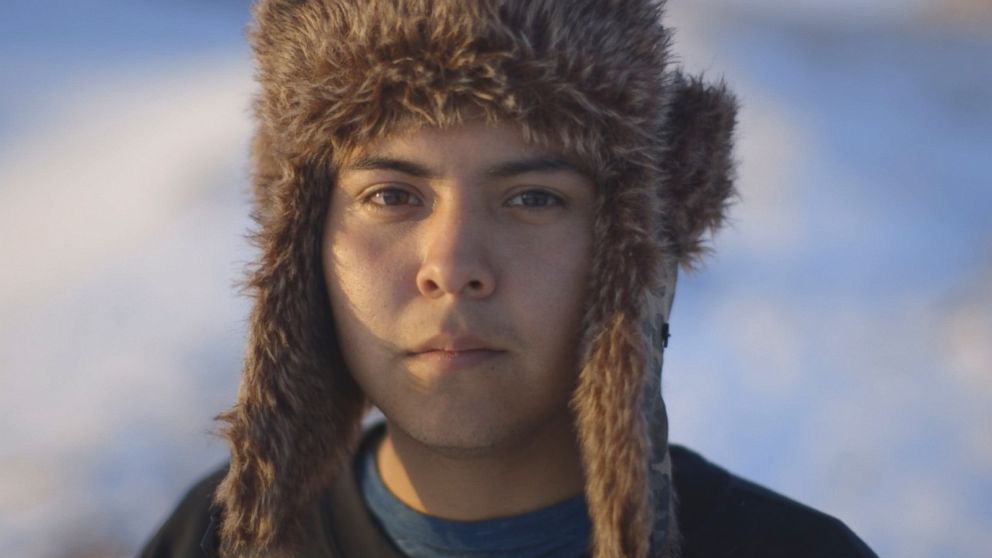
“It’s not if it breaks, it’s when it breaks,” Alex Howland, a 21-year-old co-founder of the International Indigenous Youth Council, told ABC News.
“Our ancestors thought seven generations ahead and so we have to do the same,” Howland said.
Many at camp believe they are fulfilling the "last vision" of Crazy Horse, the famed Oglala Sioux leader who made a prophesy shortly before his death that the seventh generation would bring about the rise of indigenous people.
“We’re the answers to our ancestor’s prayers,” said Terrell Iron Shell, a 23-year-old descendant of the famed Sioux chief, Iron Shell, who was among the signatories of the 1851 Fort Laramie Treaty.
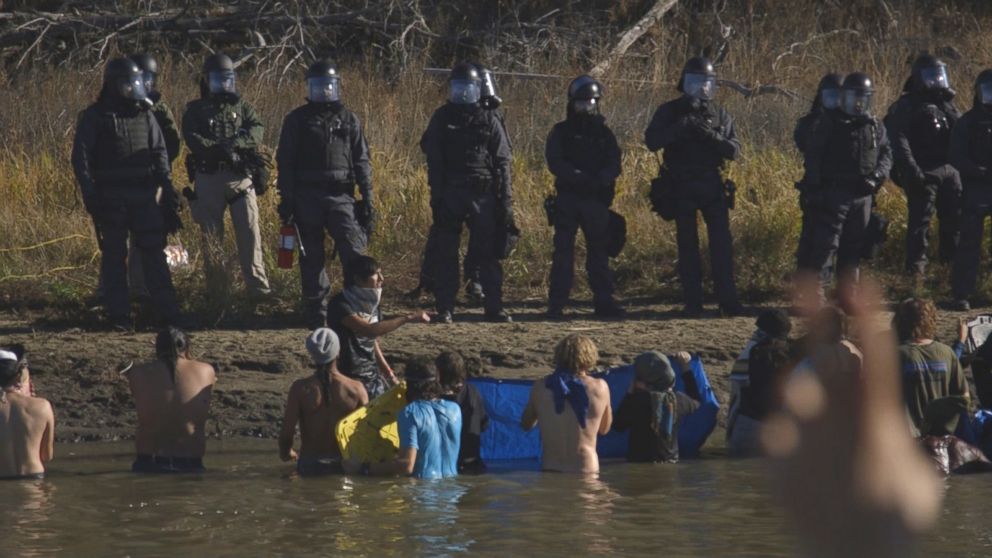
The International Indigenous Youth Council has been at the heart of nearly every direct action since the movement began, often urging their fellow activists to stay in prayer during heated confrontations with law enforcement.
“If we see people getting worked up or they look like they are having a hard time, we pull them aside and we talk to them,” Iron Shell said before adding, “because that’s kind of the role that we’ve placed ourselves in, the de-escalators.”
“The youth council has always been and will always continue to be about prayer and peace,” said Lauren Howland, an IIYC co-founder, who along with other IIYC members, personally delivered supplies to the Morton County Sheriff’s Department after the sheriff's department put up a Facebook post asking for community donations.

On Dec. 4, during the waning days of the Obama administration, then-assistant secretary of the Army for civil works, Jo-Ellen Darcy, announced that an easement would not be granted for the pipeline to cross under the Missouri River. Darcy said at the time of the decision that the Army Corps would engage in additional review and analysis, including a “robust consideration and discussion of alternative locations for the pipeline crossing the Missouri River,” a process that could have taken years.
The Army published its intent to prepare a full environmental impact statement in the Federal Registry.
But the victory, as many at the protesters' camp expected, was short lived.
Less than a week after taking office, President Trump’s signed a memorandum ordering the Army Corps of Engineers to “review and approve” the pipeline in an expedited manner “to the extent permitted by law.”
Two weeks later, the Corps issued the easement needed for the project to cross under the Missouri, reversing its previous pledge to consider alternative routes and conduct a full environmental impact statement. Two days before the dramatic reversal, the Department of the Interior withdrew a legal opinion that concluded there was “ample legal justification” to deny the easement, according to court documents filed this week. A spokeswoman for the department told ABC News that the opinion was suspended so that it could be reviewed by the department.
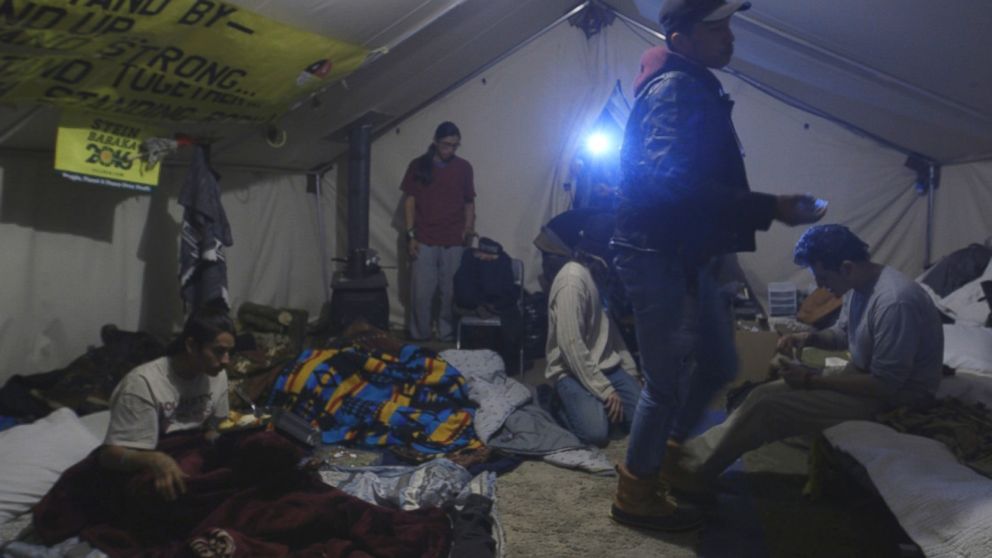
Prior to his election, Donald Trump had significant investments in the companies involved with the construction and operation of the Dakota Access pipeline and his campaign received more than $100,000 in donations from Kelcy Warren, the CEO of Energy Transfer Partners, according to election finance documents.
Though Trump has since claimed to have since divested himself of such investments, he has offered no substantial proof of that claim, and in the meantime he selected former Texas Gov. Rick Perry, who has sat on the Energy Transfer Partners board, to head the U.S. Department of Energy.
With the largest protest camps dispersed and construction resumed on the Missouri River crossing, opposition against the pipeline remains before the courts as the Standing Rock Sioux and Cheyenne River Sioux tribes continue their legal challenges to the pipeline. Indigenous activist groups are planning a march on Washington next month. The IIYC has established branches in Chicago and Denver and has already organized rallies and marches across the country.
“This isn’t over,” Thomas Lopez told ABC News.
“Because once you’re a water protector, you’re a water protector for life. This may be Trump’s America, but it's our revolution,” he said.
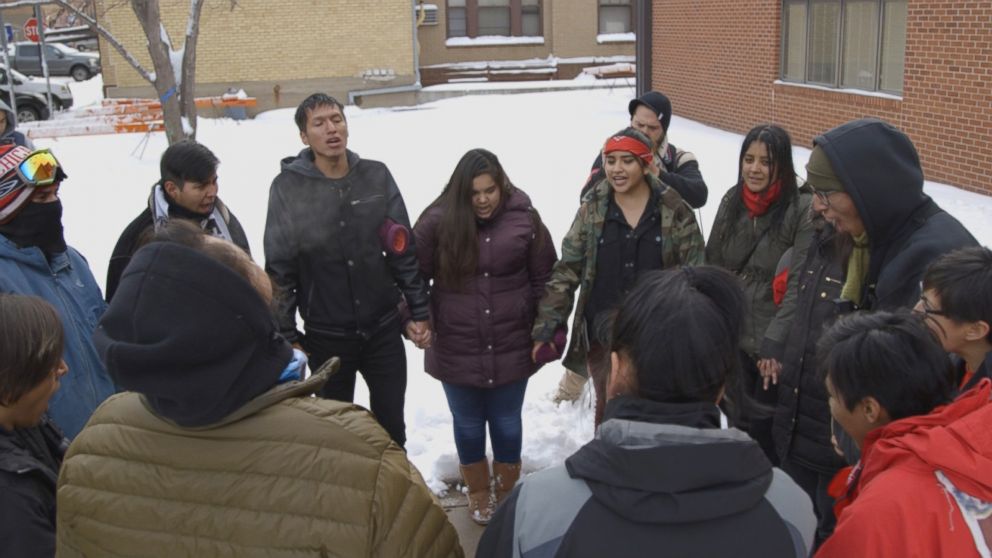
ABC News' James Hill and Morgan Winsor contributed to this report.




